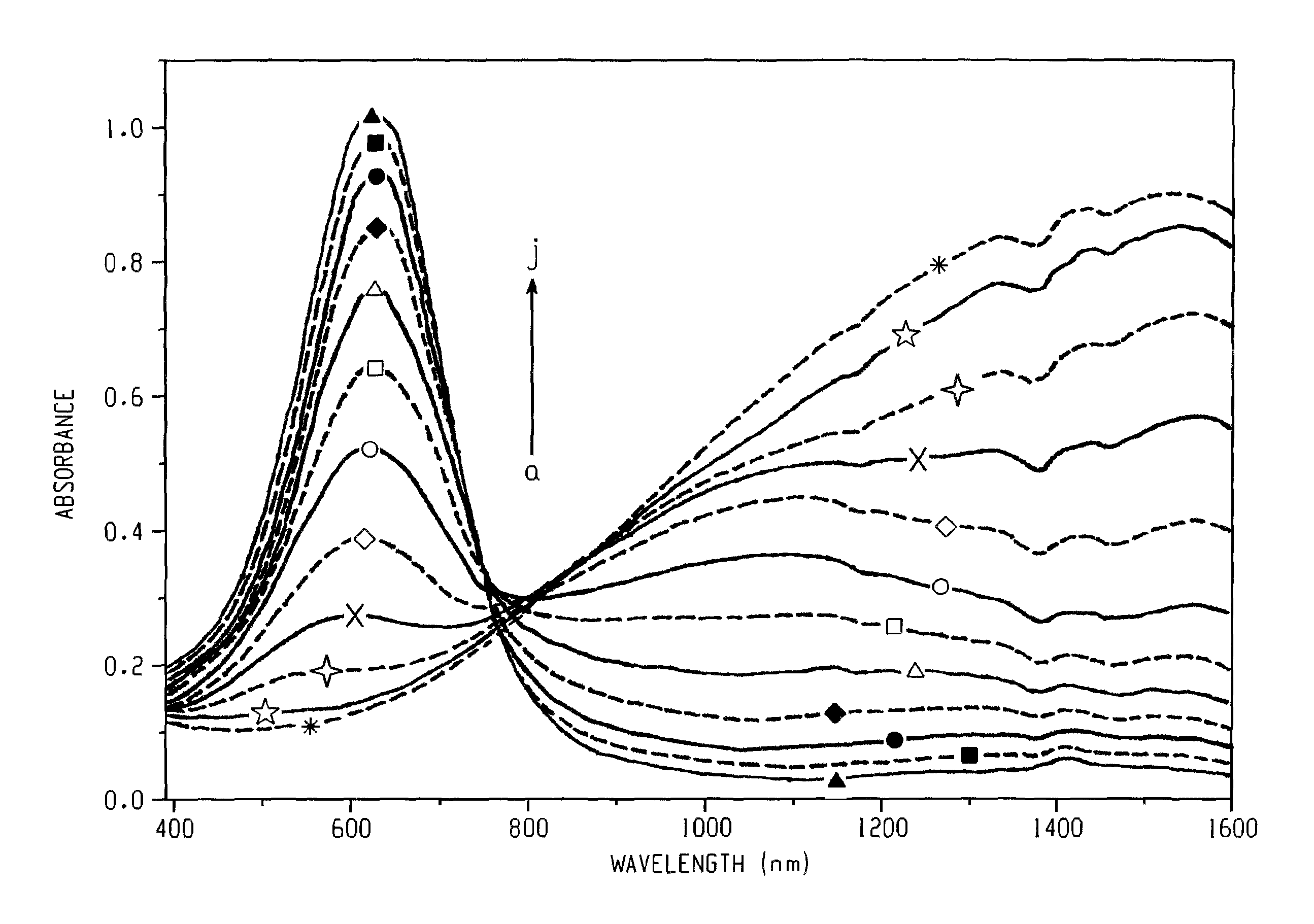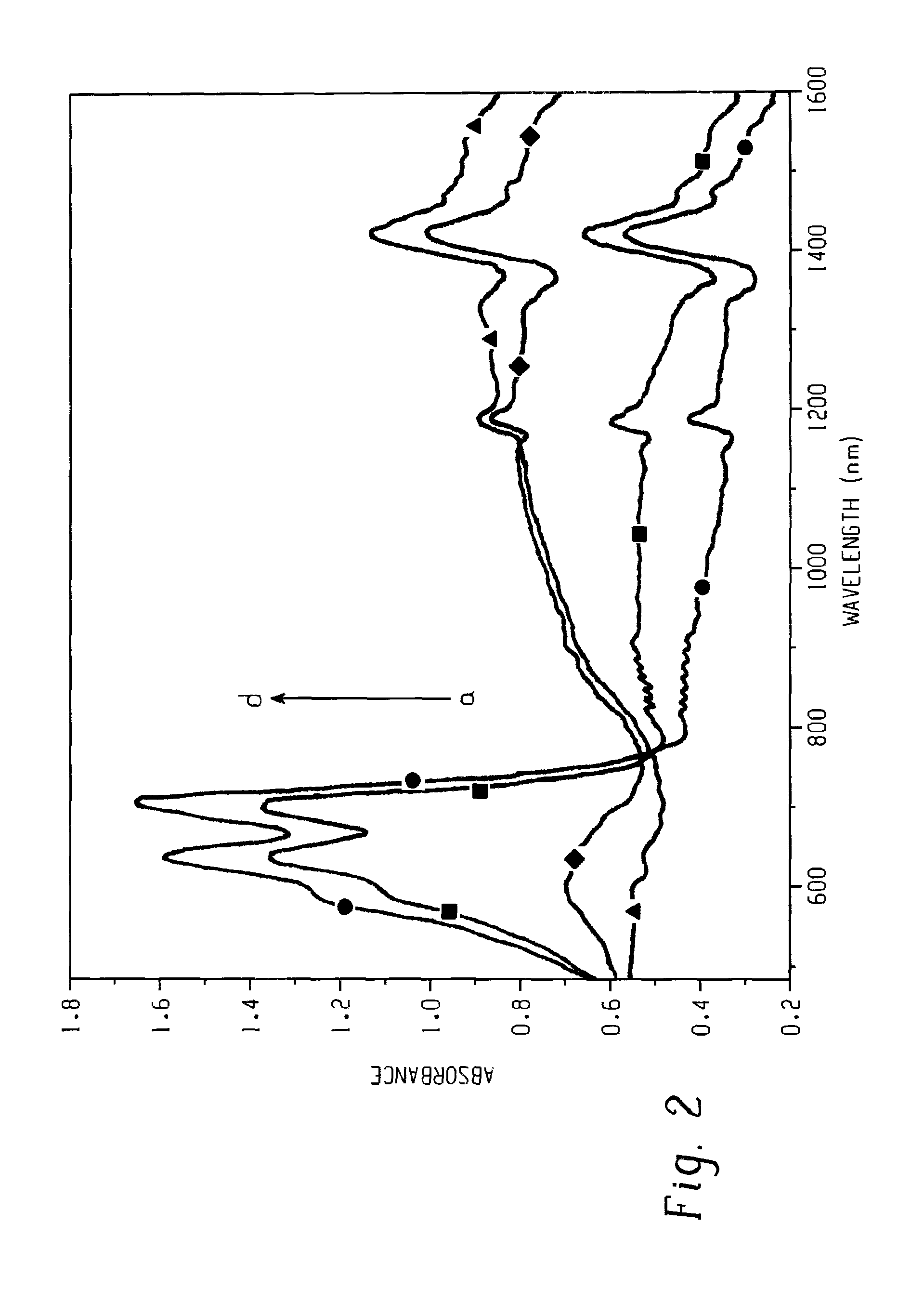Selenium-based monomers and conjugated polymers, methods of making, and use thereof
a technology of selenium-based monomers and conjugated polymers, applied in the field of selenium-based conjugated polymers, can solve the problems of preventing the study and application of electrochemical responses, lack of well-defined electrochemical responses,
- Summary
- Abstract
- Description
- Claims
- Application Information
AI Technical Summary
Benefits of technology
Problems solved by technology
Method used
Image
Examples
example 1
Preparation of meso-2,2,6,6-Tetramethyl-3,5-heptanediol (TMHDiol) (3)
[0169]
[0170]5-Hydroxy-2,2,6,6,-tetramethyheptan-3-one (HTMH-One) (2): To a solution of pinacolone (10 g, 100 mmol, 1), in anhydrous THF (500 mL), at −78° C. a 2.0 M solution of lithium diisopropylamide (LDA) in hexane (60 mL, 120 mmol) over a period of 30 min. The reaction was stirred at −78° C. for another 30 min. To the resulting white suspension pivalaldehyde (10.9 mL, 100 mmol) was added drop-wise via syringe and the reaction continued for another 12 hrs at room temperature. The reaction was quenched by adding 10 mL of water. Approximately 80% THF was removed and the mixture was then poured into saturated aqueous solution of NH4Cl. The aqueous layer was extracted twice with diethyl ether (200 mL) and the organic layer was washed with plenty of water. The organic layer was then dried over MgSO4 and concentrated to give a crude yellow solid of β-hydroxy ketone (17.2 g, 95%, (2)). The crude product was recrystalli...
example 2
[0172]Preparation of 2,2-dihexyl Propane-1,3-diol (6)
[0173]
[0174]Synthesis of 2,2-Dihexylmalonic Acid Diethyl Ester (5): In a 500 mL flame dried three-neck round bottom flask equipped with an argon inlet and condenser were combined 200 mL of dry THF, hexyl bromide (0.00 g, 1.5 mole), and 3.5 mol of NaH. The flask was cooled to 0° C., and 1.15 mol of freshly distilled diethylmalonate (4) was added dropwise via syringe. After the addition of malonate, the mixture was refluxed for 12 h. The flask was then cooled at 0° C. and the remaining sodium hydride was quenched by adding water dropwise. The mixture was then poured into brine solution (2 L) and extracted two times with ether. The ether layer was finally washed with brine and then with water. The organic phase was dried over MgSO4, and evaporated to give a light yellow liquid. The crude product was further purified by vacuum distillation to provide 2,2-dihexylmalonic acid diethyl ester (0.85 g, 70%, (5)) as a colorless oil.
[0175]Syn...
example 3
Preparation of (3R,5S)-2,6-dimethylheptane-3,5-diol(DMH-Diol)
[0176]
[0177]5-hydroxy-2,6-dimethylheptan-3-one (HDMH-One): To a solution of 3-methylbutan-2-one (10 g, 116 mmol (7)), in anhydrous THF (500 mL), at −78° C. was added a 2.0 M solution of LDA in hexane (70 mL, 140 mmol) over a period of 30 min The reaction was stirred at −78° C. for another 30 min. To the resulting white suspension isobutyraldehyde (8.4 mL, 116 mmol) was added drop-wise via syringe and the reaction continued for another 12 hrs at room temperature. The reaction was quenched by adding 10 mL of water. Approximately 80% THF was removed and the mixture was then poured into saturated aqueous solution of NH4Cl. The aqueous layer was extracted twice with diethyl ether (200 mL) and the organic layer was washed with plenty of water. The organic layer was then dried over MgSO4 and concentrated to give a crude white oil of (3-hydroxy ketone (16.5 g, 90%). The crude product was recrystallized from petroleum ether to give...
PUM
| Property | Measurement | Unit |
|---|---|---|
| transmittance | aaaaa | aaaaa |
| Δ | aaaaa | aaaaa |
| band gap | aaaaa | aaaaa |
Abstract
Description
Claims
Application Information
 Login to View More
Login to View More - R&D
- Intellectual Property
- Life Sciences
- Materials
- Tech Scout
- Unparalleled Data Quality
- Higher Quality Content
- 60% Fewer Hallucinations
Browse by: Latest US Patents, China's latest patents, Technical Efficacy Thesaurus, Application Domain, Technology Topic, Popular Technical Reports.
© 2025 PatSnap. All rights reserved.Legal|Privacy policy|Modern Slavery Act Transparency Statement|Sitemap|About US| Contact US: help@patsnap.com



